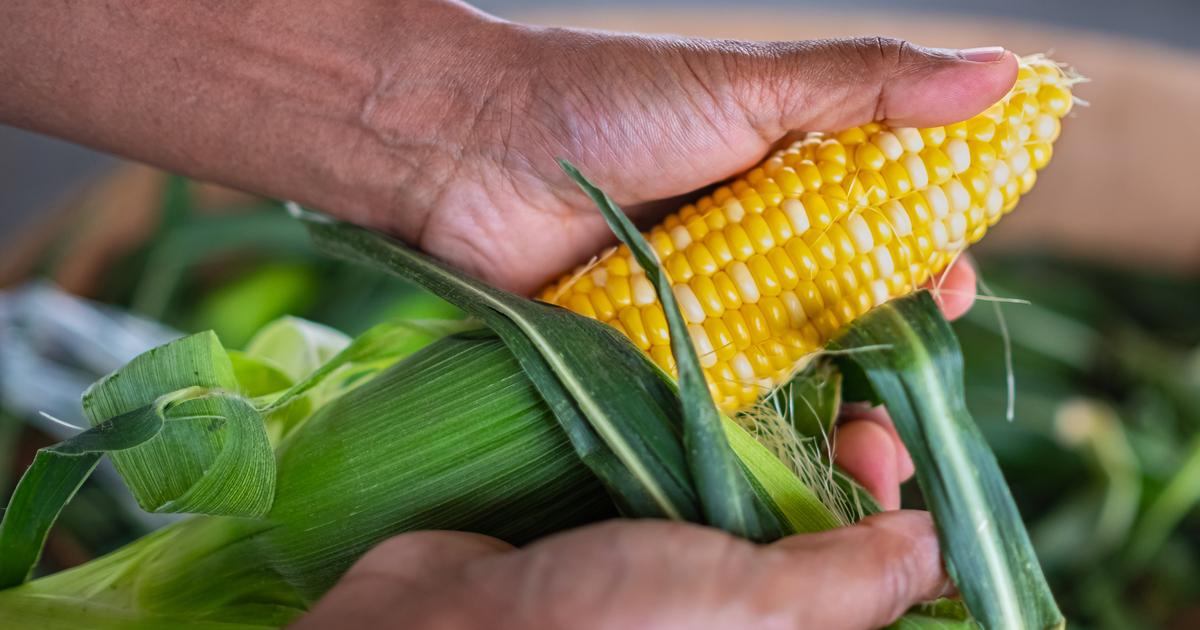Corn is a delicious grain that is a valuable source of essential nutrients such as carbohydrates, vitamins and minerals.
How to grow it in a garden?
To discover
February: what vegetables and fruits are in season?
What are the different varieties of corn?
Corn is part of the grass family, like other cereals.
It comes in various varieties:
Sweet corn, such as rainbow sweet corn, Astarac sweet white, or amarillo sweet yellow, is grown for its starchy kernels.
It is ideal for human consumption.
Grain corn is used as fodder for livestock.
Popcorn, like Tom Thumb.
And Indian corn with small, hard and multicolored grains, not very common in Europe.
When to sow corn?
To grow corn, you need well-aerated soil, nutrients (green manure, potting soil) and adequate irrigation.
You then have to choose the right time to obtain good results when sowing.
Sowing generally takes place from May until June or mid-July depending on the region.
You need to consider the weather and soil conditions.
Indeed, if you sow too early or in cold weather, there can be adverse consequences such as slow germination, delayed emergence, plant weakness, pests (wireworm, scutigerella, leaf beetle), etc.
It is therefore recommended to wait until the soil is sufficiently warmed up, dry and well worked, with an outside temperature around 8-10°C.
Choose a sunny location sheltered from the wind, and prepare the soil carefully in advance, you will increase your chances of success when growing corn.
How to sow corn in your garden?
Before sowing in the ground, know that corn prefers deep soil, rich in nutrients and well worked, ideally dug before winter.
Before sowing, plan to prepare the soil several weeks in advance by digging it deeply and adding a moderate quantity of compost for optimal nutrition.
For sowing, you can count around 8 plants per square meter for a harvest of 800 g of corn per square meter.
You can :
Sow the seeds in rows or squares to ensure good pollination, spacing the plants 20 to 30 cm apart.
Or plant the seeds directly in place, forming pots or pockets of 3 to 4 seeds.
Dig furrows 2 cm deep, spacing them 40 cm apart, and sow the seeds before filling the furrow and watering.
After sowing, lightly mound the base to strengthen the sown plants and water thoroughly.
Remove weeds from your vegetable garden regularly, favoring manual weeding.
The emergence will take place in around ten days when the soil is sufficiently warmed.
When the seedlings have 4 to 5 leaves, thin out, leaving 20 cm between each plant to encourage the growth of the most vigorous plants.
Good to know
As your corn plants can reach two meters high, plant them at the edge of the garden, next to beans, squash, broad beans and peas.
When to harvest corn to eat it?
The ideal time to harvest corn is generally from August to October.
That is approximately 90 days after sowing for sweet varieties and 150 days for popcorn varieties.
Harvesting is done when all the awns turn brown, indicating that the corn is ripe.
(Editor's note: The awns are the stems that release pollen at the top of the plant, changing from green to brown when mature).
Generally, corn is ready for harvest approximately three weeks after silking, when the kernels are well formed.
To check if corn is ready to harvest, lightly crush a kernel between your index finger and thumb.
If you see a milky liquid, the plant is ready to harvest.
If the beans are not yet ripe, they will be firmer and will not contain milky liquid.
In this case, let them ripen further on the plant.
Good to know
For a good crop rotation, avoid replanting your corn in the same place every year.
And this also applies to your salads, legumes, etc.
Nothing beats the taste of fresh corn harvested from your own garden.
It is best to consume it immediately after harvest to benefit from its optimal freshness and flavors.
If you're aiming for sweet corn, make sure you don't delay harvesting it to prevent it from becoming hard corn.
However, if this happens, there are always clever ways to use it, whether by turning it into flour or reusing it to sow new seeds the next planting season.

